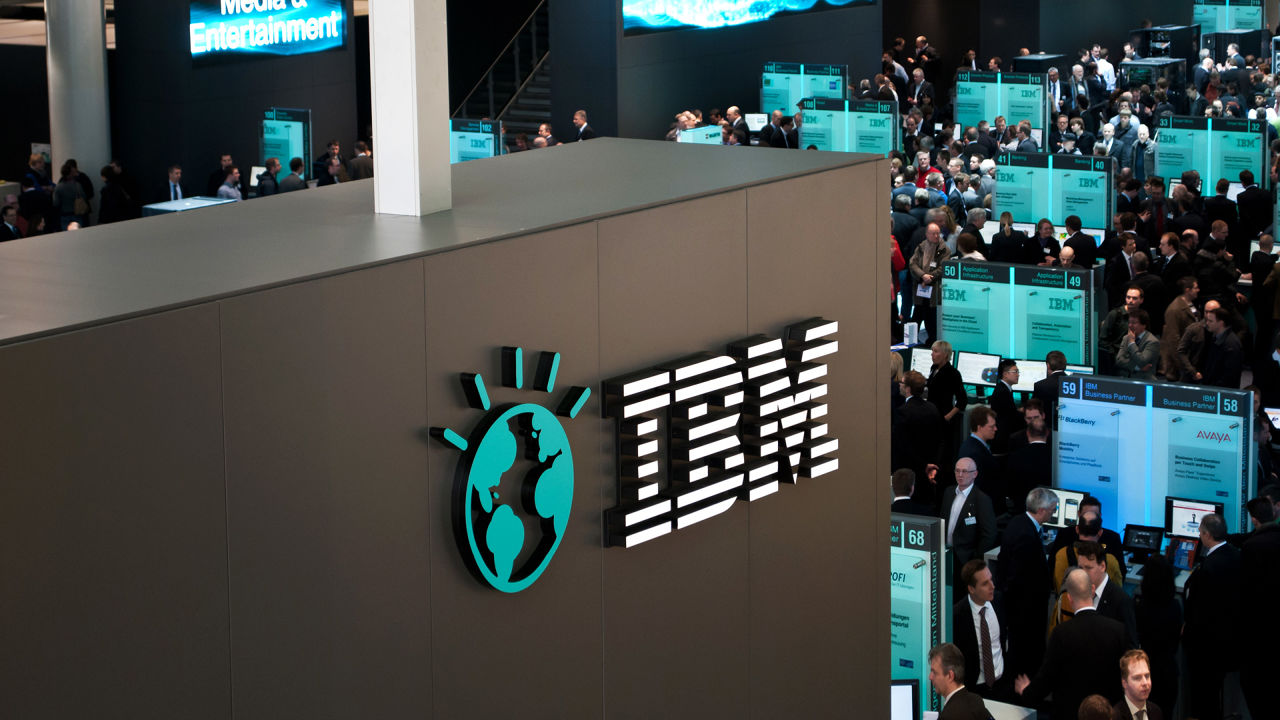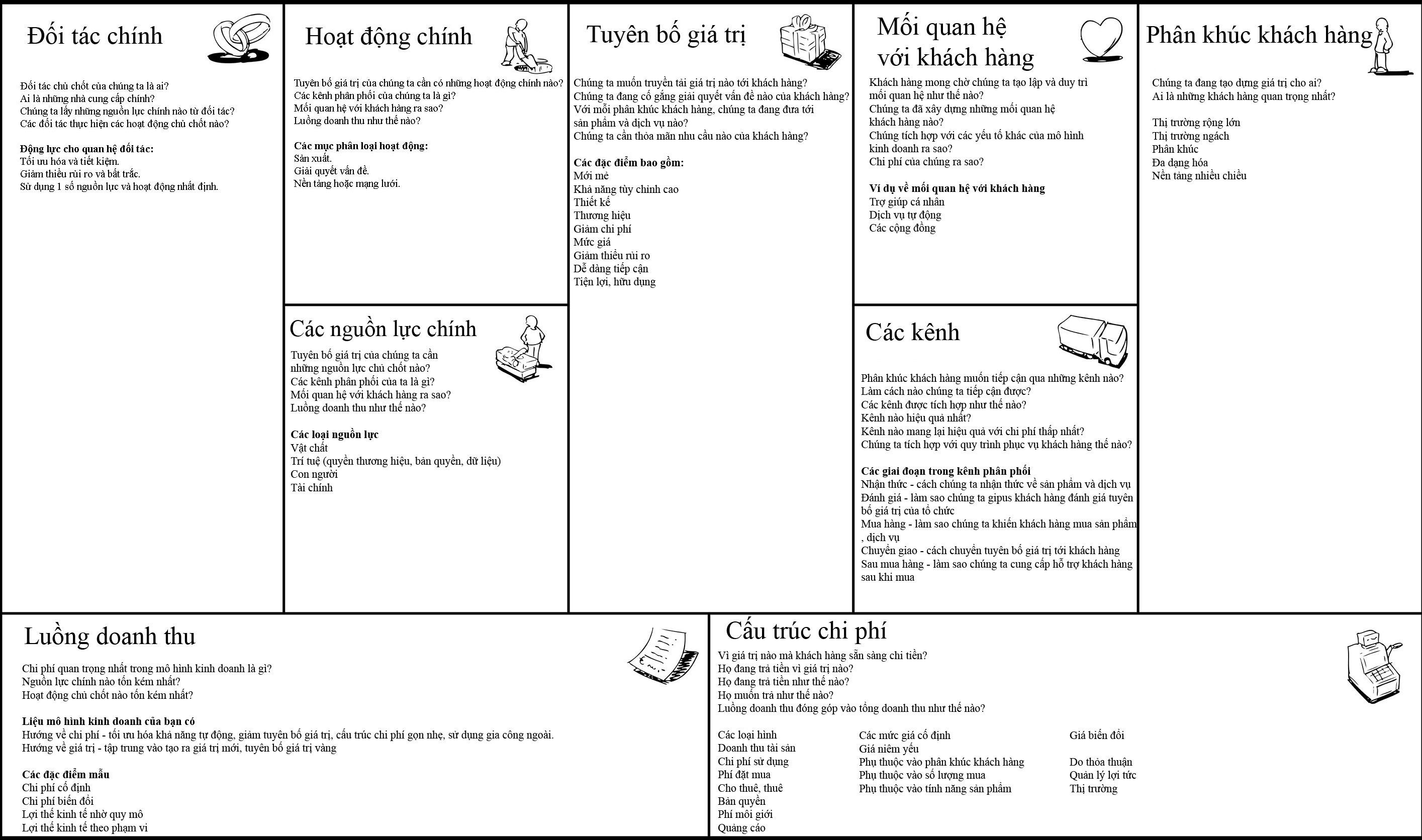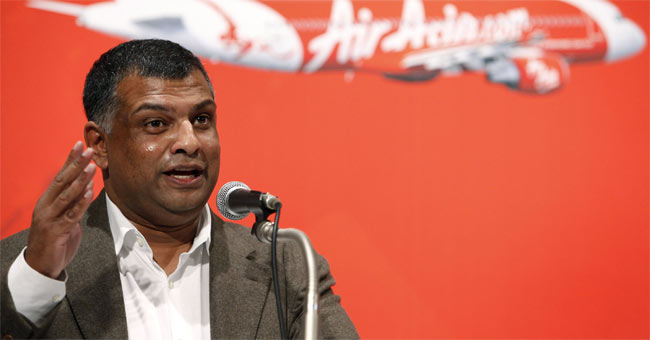Understand the business model in just 2 minutes - Business Model Canvas
In The New, New Thing, Michael Lewis calls the phrase "business model" a "term of art." And like art itself, many people think that they can recognize it when they see it (especially when that person is especially smart or vice versa) but cannot define exactly what it is. This is not surprising because the way people define a term depends on how they use that term. This article outlines several definitions and views of the business model as well as a visual video describing the most commonly used method .
An example is Lewis when he offers the simplest definition - " Business model is the way you plan to make money " - to describe the simplest way for dot.com bubble effect, though It is very popular and familiar now but it is prophetic at the time of his writing - in the fall of 1999. He said, the term is " the center of the Internet boom period (Internet boom - phenomenon of cash flow Investing in technology companies) and adhering to every fledgling plan, for example, a Microsoft business model can sell a software for $ 120 while the production cost is only There are 50 cents.The business model of most Internet businesses is to attract a large number of users to their site and "sell" advertising opportunities to these users for them. Other ".

Looking through the Harvard Business Review articles (HBR), there are many uses and variations of this phrase definition. Lewis's definition is probably also reminiscent of Peter Drucker's definition: " assuming the way businesses make money " - and also part of his " business theory ". The definition of Drucker was introduced in 1994 on an article of HBR that did not really mention the term business model. His business theory includes assumptions about what businesses should and should not do, similar to Michael Porter's strategic definition. " These assumptions also talk about the market, about identifying customers, competitors, their values and behavior. They also talk about technology and the explosion of technology, about strengths and weaknesses. of the company ".
Drucker is more attracted to these assumptions than money because he introduces business theory to explain why small businesses cannot keep up with market changes because they do not clearly define these assumptions. . Citing an example of one of the strategically very keen businesses - IBM, he explained that sooner or later, some of your assumptions about what you think are important to your business will no longer be true. . Drucker describes in IBM's case, from a computer technology business (CTR - Computing - Tabulating - Recording) to lenders who buy hardware, wholesale mainframe computers, microcomputer (minicomputer) and even Computer hardware, the last green giant must drift on the assumption that you must work in the hardware business (although history later shows that IBM can finally free itself from that assumption. and make money from other services).

Joan Magretta also quoted Drucker in the definition of his business model in the " Why Business Model Matter " book and, like Peter Drucker, she directed more assumptions than money. She said that it is more useful to define a business model according to the value chain. According to Joan, the business model consists of two parts: Part 1 includes all product creation activities, from designing, buying materials to manufacturing . Part 2 includes all related activities. to selling products, from finding and reaching customers, distributing products to services .
After all, the " business model consists of a set of assumptions or assumptions " - that is Alex Osterwalder's definition. He and Yves Pigneur created a model called Business Model Canvas that consists of 9 neatly organized elements to understand all your assumptions, not just the main resources or activities in the value chain but I have both relationships with customers, declaring values, customer segments, cost structures or revenue streams. This is a model that helps you to see overall if you have something missing and also easily compare with the model of other units . This model is well received by the ease of understanding, ease of application and efficiency. Below is a video depicting 9 elements of the business model visually according to Business Model Canvas.
Each of the 9 elements above includes assumptions about the business model you need. Global businesses like GE, P&G, Nestle all use this model to manage strategies, create growth engines while startups can use to find and choose the right business model for themselves. . The main goal of this model is to help businesses get out of thinking around the product to think about the business model. With startup, this model is also one of the 3 key elements of a lean startup. Finally, the article will provide a composite image of the above 9 elements in a single "picture". Apply this model, hope you can find your own business model.

You should read it
- 6 big men succeed by changing business models
- How does Uber work? - Decoding Uber
- Breeding strategy for the platform - solving chicken and egg problems
- HP Elite Dragonfly, a new business laptop model with many notable advantages
- 16 lessons for business people, lesson 15 must be startling
- What is KPI? Learn about KPIs
- MSI laptop business with Core i5
- What is OEM?
May be interested
- For iron will, apply the 40% rule of SEAL task force
 when your mind says that you have done something, you really can only do 40%. that is the driving force of us navy seal agents.
when your mind says that you have done something, you really can only do 40%. that is the driving force of us navy seal agents. - People succeed, what do they do on Sunday night?
 sunday evening of successful people - they spend most of their time with their families, taking care of themselves and preparing for a new work week.
sunday evening of successful people - they spend most of their time with their families, taking care of themselves and preparing for a new work week. - Just 2 minutes, these 7 websites will help you relax your mind very effectively
 instead of opening facebook and reading the news feed, visit these websites so that your mind can relax most effectively.
instead of opening facebook and reading the news feed, visit these websites so that your mind can relax most effectively. - No alcohol, no coffee for 15 months and here are 4 great things I received
 saving a good amount of money, getting a better night's sleep, getting less out and not being as stressful as before is all the benefits i received when i decided to stop drinking and drinking coffee for over a year.
saving a good amount of money, getting a better night's sleep, getting less out and not being as stressful as before is all the benefits i received when i decided to stop drinking and drinking coffee for over a year. - 16 things will change when you meet him
 finding a person who truly loves and understands himself is the greatest gift that this life is for you.
finding a person who truly loves and understands himself is the greatest gift that this life is for you. - 11 successful business secrets of Tony Fernandes - AirAsia boss
 if you've ever seen the apprentice asia reality show, then you're no stranger to sir tony fernandes - airasia airline president - a brave, strict person , righteous, talented but also very friendly and close.
if you've ever seen the apprentice asia reality show, then you're no stranger to sir tony fernandes - airasia airline president - a brave, strict person , righteous, talented but also very friendly and close.






 How to Clean Old Paintings on Canvas
How to Clean Old Paintings on Canvas Transformation of business model - from Pipe to platform (Platform)
Transformation of business model - from Pipe to platform (Platform) How to use the NVIDIA Canvas app
How to use the NVIDIA Canvas app Reference Canvas in HTML
Reference Canvas in HTML Mobile canvas house - Video instruction for removing canvas frame
Mobile canvas house - Video instruction for removing canvas frame